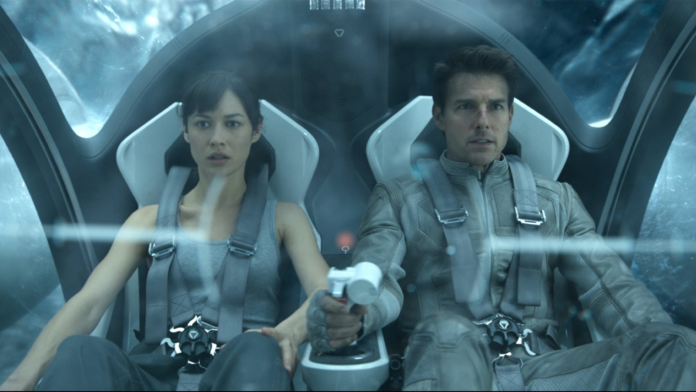How Joseph Kosinski’s Oblivion Paid Homage To ’60s And ’70s Sci-Fi
Critical reactions to Joseph Kosinski’s post-apocalyptic thriller, “Oblivion,” have either been begrudgingly appreciative or outright dismissive since its release in 2013. Most perceive it as a bland, hollow tentpole movie that regurgitates telltale action-thriller beats, where Tom Cruise plays yet another morally-ambivalent character who eventually emerges as the “hero.” However, the core of Kosinski’s sci-fi gem lies beneath several layers of visual spectacle — somewhere in the strikingly desolate landscape, there’s a lush forest opening with a cozy cabin filled with loving memorabilia. This safe space plays a seminal role for drone repair technician Jack Harper (Cruise), as it functions both as an emotional tether and a hideout until the war on Earth is over. It also elevates “Oblivion” above run-of-the-mill sci-fi entries about alien takeovers and clones, while adding layers to a thought-provoking human adventure.
Visually, “Oblivion” is as modern as it gets, utilizing a mix of real-life locations and practical designs to bring a cold, barren post-apocalyptic world to life. There is an abundance of futuristic motorcycles and bubble ships, along with minimalistic interiors that are completely devoid of personality. This is a deliberate design choice, mirroring the artificial nature of Jack and his communications partner Victoria’s (Andrea Riseborough) lives, who both happen to be one of the many clones manufactured by the aliens to invade and subdue Earth.
But in terms of its core storytelling and themes, “Oblivion” takes inspiration from classic ’60s and ’70s sci-fi, paying tribute to the beauty and terror inherent in the entries that defined those decades. Something is amiss in Jack Harper’s world, and Kosinski pays homage to some choice films to evoke these feelings of displacement and unease that run through the fabric of “Oblivion.” Here’s how he did it.




